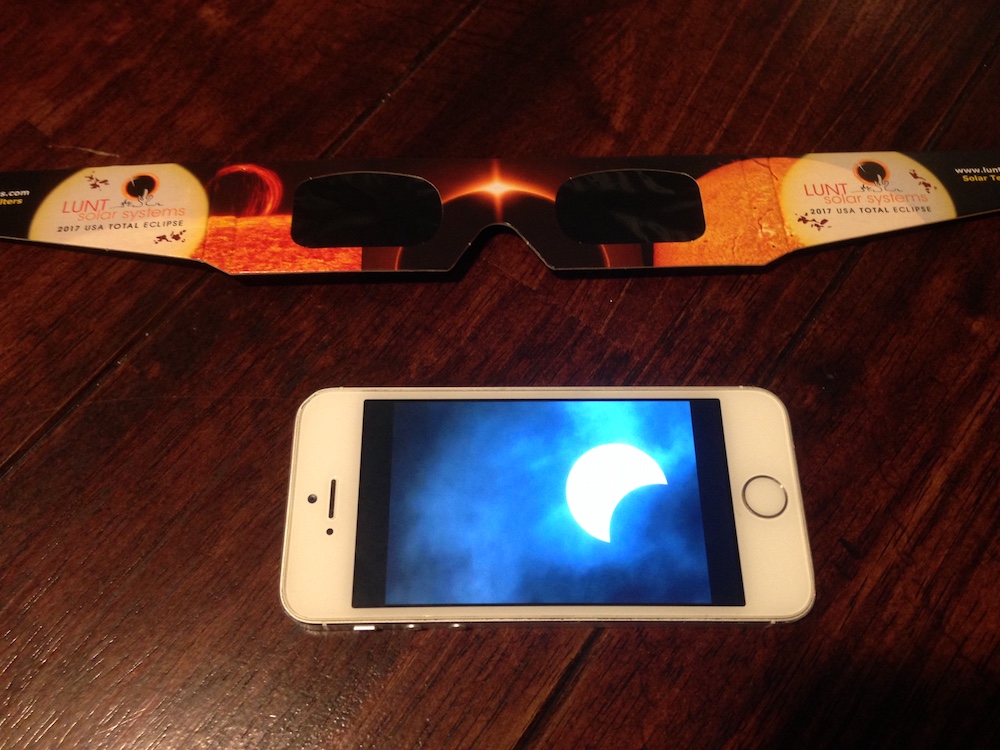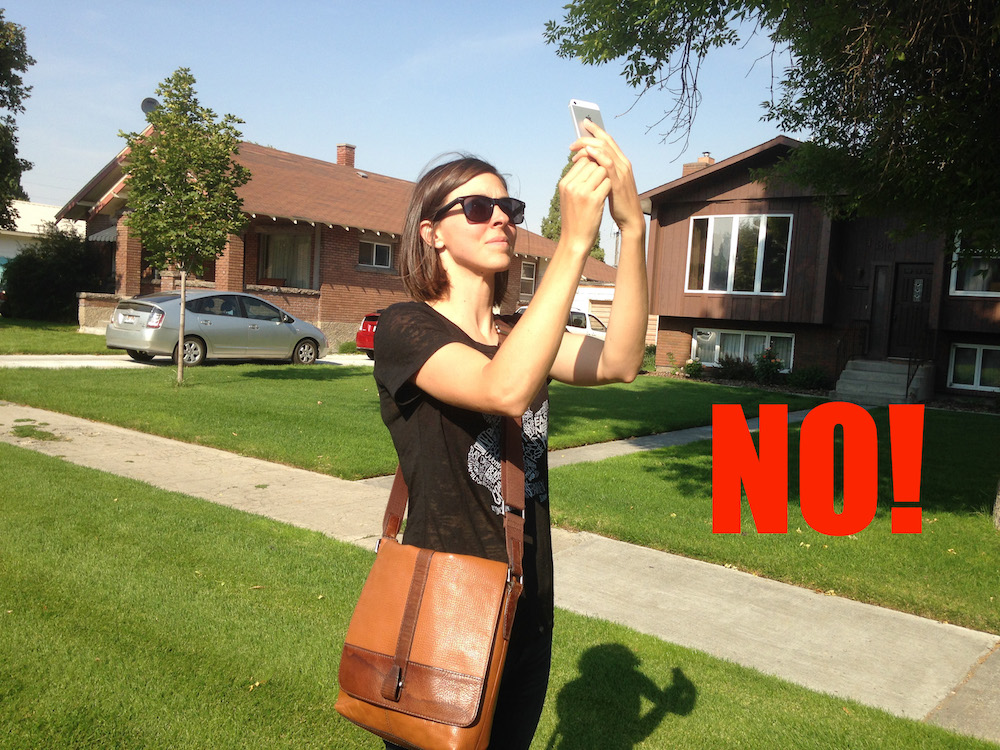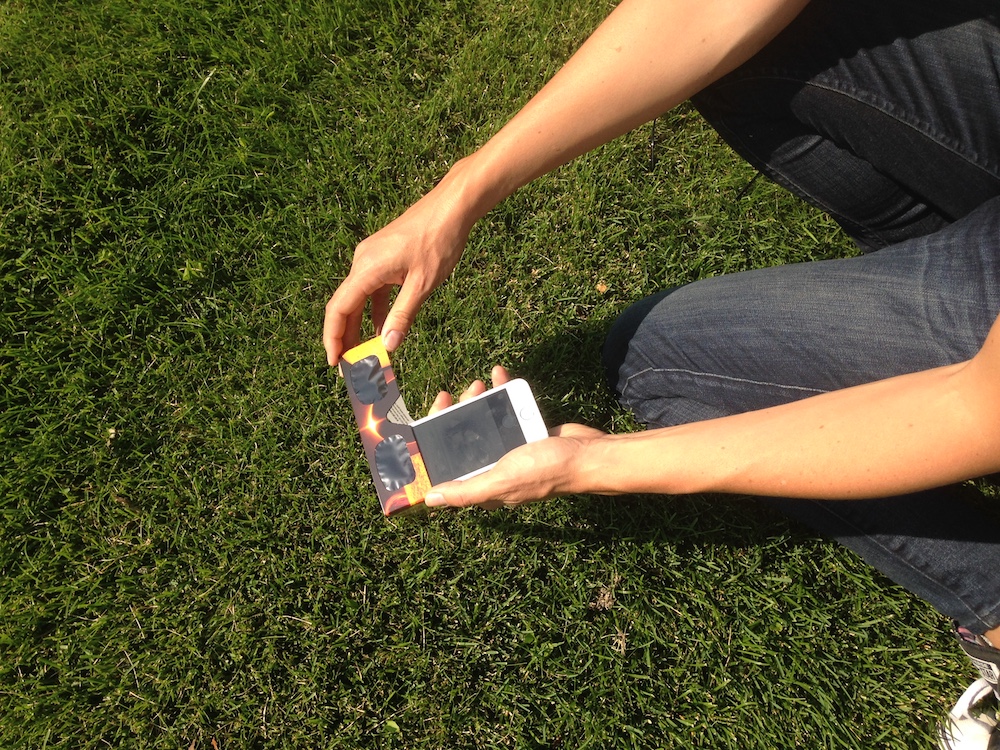Can You Photograph the Solar Eclipse with Your Phone or Tablet?

The total solar eclipse of 2017 is upon us, and many people are asking: Can I photograph the phenomenon with my cellphone or tablet? With a few caveats, the answer is "yes."
Today (Aug. 21), a partial solar eclipse will be visible from all of the U.S., and a total solar eclipse will be visible along a narrow path running from Oregon to South Carolina. You can watch a livestream of the eclipse on the Space.com home page, courtesy of NASA.
Here are a few quick tips and suggestions if you plan to photograph the partial or total solar eclipse using your cellphone or tablet. [How to Film or Photograph the 2017 Solar Eclipse Like a Pro]
Partial solar eclipse photography
Tip 1: Use a filter to protect your screen. It is possible to damage your cellphone or tablet while photographing the sun, according to Angela Speck, co-chair of the American Astronomical Society's Solar Eclipse Task Force and director of astronomy at the University of Missouri.
Speck told Space.com that the extremely bright, glowing ball could burn the pixels in the screen of a cellphone or tablet. This could depend on the particular device you have, and how long you focus the camera on the sun.
If you want to protect your screen, put a solar viewing filter or one-half of a pair of solar-viewing glasses in front of the phone camera during the partial eclipse phases. This reduces the brightness of the sun on the screen. Speck advises skywatchers to first remove the device from its case, so that the filter can lie flat against the camera.
Tip 2: Protect your eyes while photographing the partial eclipse. It is possible that viewing the unfiltered sun on your cellphone or tablet screen could damage your eyes if you stare at the screen long enough. This is another reason to use a solar viewer over the camera.
Get the world’s most fascinating discoveries delivered straight to your inbox.
But a more serious threat is the possibility that amateur photographers will inadvertently look directly at the sun while trying to snap a photo. If you point your cellphone up toward the sun, the phone or tablet might not block the bright glowing orb as you attempt to look at the screen. Thus, you could unintentionally look directly at the sun while trying to take a photograph (even if the camera is covered with a solar filter).
To avoid this, use the front-facing camera on your phone or tablet, and lay the device on the ground so it looks up at the sun. With this setup, you (the photographer) have to look down at the ground to see the screen.
Total solar eclipse photography
Most experts suggest that if this is your first total eclipse, you should forget the pictures and just enjoy this incredible view. NASA will capture high-quality images of the eclipse from multiple locations along the path of totality, and those images will look a lot better than what you can capture with your cellphone.
If you do try to catch a picture, remember to take the solar filter off the device during totality and reattach the solar filter after totality.
Follow Calla Cofield @callacofield.Follow us @Spacedotcom, Facebook and Google+. Original article on Space.com.





